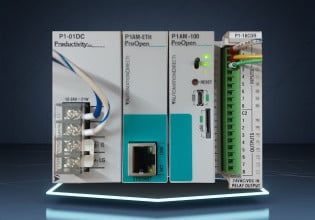E
Dear Experts...
First of all, i am really sorry for my english capability...
We have a GE Frame 9 Hydrogen Cooled Generator, right now we are facing a big problem for our generator. Until right now, the alarm of Seal Oil Drain Enlargement Level high still active, and we have to drain the flooding oil at the Seal Oil Drain Liquid Detector every time. Could u imagine it, that total of oil loss due the problem approximately 200 litre per a day.
The alarm will activate when the Generator's load above 75 MW, and also when the Generator's load at 75 MW but the Hydrogen pressure at 30 psi.
We already tried to reduce the differential pressure between H2 and Seal Oil system, from 5,5 psi to 4,8 psi at the Seal Oil Regulator, but the action was not the answer of the problem. We also throttled the bypass float trap valve but the problem still exist.
Based on GE-manual book, the source of the problem above could be from the failure of the float trap or drain valves. But we already checked the drain valves (The result is good). And we already checked the float trap performance by seeing the float trap's sight glass, for your information, the sight glass of the float trap is not flooded by seal oil, but the movement of the float trap (as captured from the sight glass) is very active.
Please, help us, what is the source of the problem?
For your information, we have a problem in Generator's vibration too. Could the vibration give the contribution to the problem?
Thank you very much for your help...
First of all, i am really sorry for my english capability...
We have a GE Frame 9 Hydrogen Cooled Generator, right now we are facing a big problem for our generator. Until right now, the alarm of Seal Oil Drain Enlargement Level high still active, and we have to drain the flooding oil at the Seal Oil Drain Liquid Detector every time. Could u imagine it, that total of oil loss due the problem approximately 200 litre per a day.
The alarm will activate when the Generator's load above 75 MW, and also when the Generator's load at 75 MW but the Hydrogen pressure at 30 psi.
We already tried to reduce the differential pressure between H2 and Seal Oil system, from 5,5 psi to 4,8 psi at the Seal Oil Regulator, but the action was not the answer of the problem. We also throttled the bypass float trap valve but the problem still exist.
Based on GE-manual book, the source of the problem above could be from the failure of the float trap or drain valves. But we already checked the drain valves (The result is good). And we already checked the float trap performance by seeing the float trap's sight glass, for your information, the sight glass of the float trap is not flooded by seal oil, but the movement of the float trap (as captured from the sight glass) is very active.
Please, help us, what is the source of the problem?
For your information, we have a problem in Generator's vibration too. Could the vibration give the contribution to the problem?
Thank you very much for your help...






